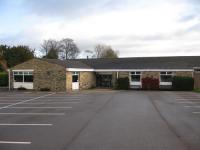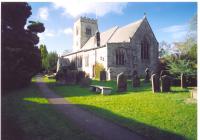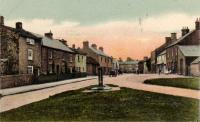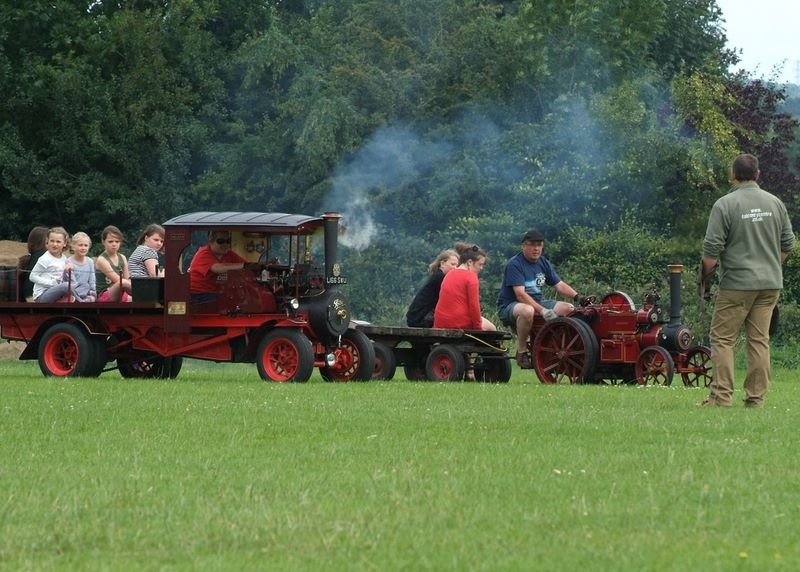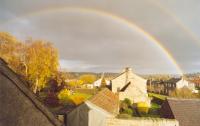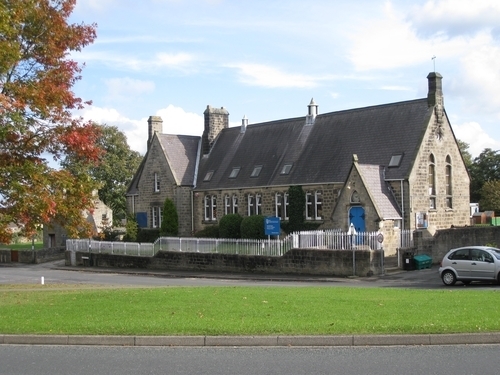Recent articles
© DT Online 2010 - 2026
| William Henry Parker - biographyThis article is kindly provided to us by Colin Chadwick who, in the course of his own work on the records of the war dead commemorated at Pateley Bridge, ably located information about 'Harry' Parker, which we had failed to identify. William Henry Parker was born 17th December 1887 at Clint and was baptised in Hampsthwaite Church 8th January 1888 1891 Census – Residence at Long Lane, Hampsthwaite William Parker 35 Farmer & Postman Ann Parker 34 Fred Parker 10 Scholar Annie Parker 9 Scholar Tom Parker 7 Scholar Charles Stanley Parker 5 William Henry Parker 3 Belle Parker 1 1901 Census -
William Parker 45 Farmer & Rural Postman Ann Parker 44 Fred Parker 20 Rural Postman Annie Parker 19 Farmer’s daughter Tom Parker 17 Farmer’s son Charles Stanley Parker 15 Farmer’s son William Henry Parker 13 At School Belle Parker 11 At School James E Parker 9 At School Kate Parker 7 At School Jessie Parker 4 At School On the 14th April 1904, William Henry Parker and his brother Thomas emigrated to Canada to work as farm labourers. They sailed from Liverpool on the passenger ship, Tunisian bound for Halifax, Nova Scotia. William Henry Parker signed up to join the Canadian Expeditionary Force on the 7th September 1916. Initial training was with the 166th Battalion, Queens Own Rifles Of Canada. Following his period of training, he was sent overseas probably around March 1917 to join the 75th Battalion, 11th Brigade of the 4th Canadian Division in preparation for the assault on Vimy Ridge.
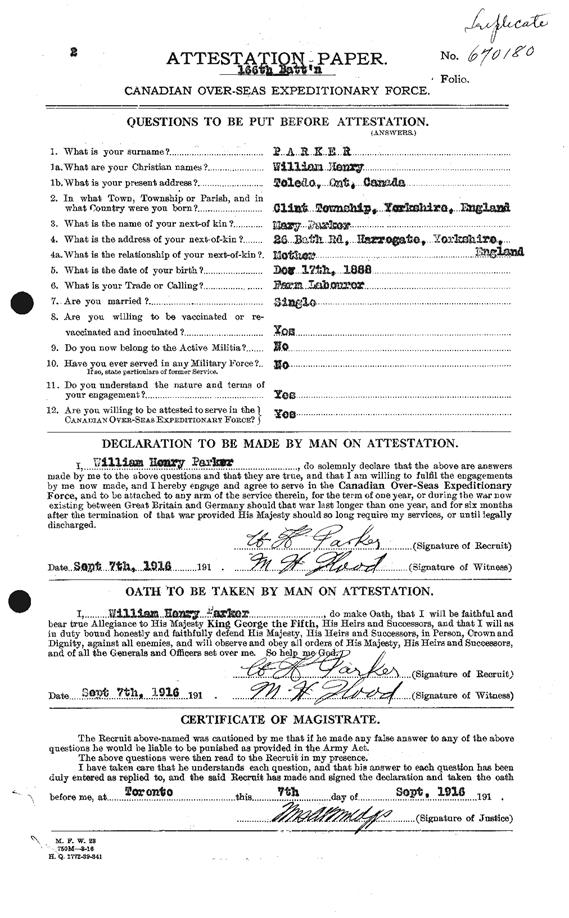 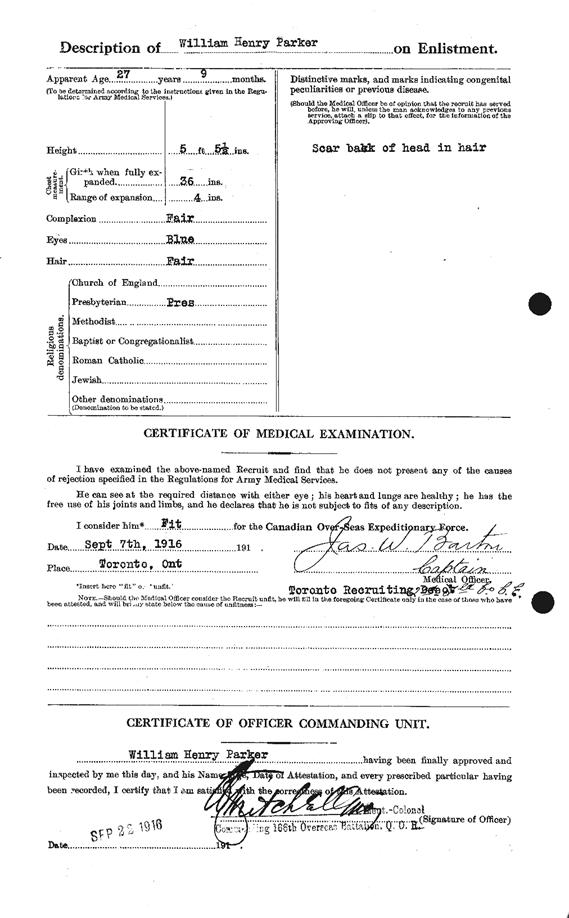 The 75th Battalion (Mississauga), CEF was an infantry battalion of the Canadian Expeditionary Force during the Great War. The 75th Battalion was formed on 10 July 1915 and embarked for Great Britain on 29 March 1916.
Upon arrival in England they formed part of the newly created 11th Brigade of the 4th Canadian Division and saw their first action in the trenches in Belgium in August 1916. Within the month, the 75th Battalion was at the Somme and fought with great distinction in the battles at Regina trench and Desire trench. In December, the 75th had been moved to Vimy Ridge where they with the rest of the Canadian Army dug in and waited until the great assault on 9 April 1917. It was at Vimy, in 1917, that all four Divisions of the Canadian Corps attacked simultaneously for the first (and last) time, about 100,000 men taking part in the battle. Vimy Ridge was an important part of the Germans' defences, barring the way to the mines and factories in the Douai plain which had been of great use to them in their continuation of the war. The very nature of the Ridge gave it strong, built-in defence, but these natural defences had been supplemented by strong-points, elaborate trench-systems and underground tunnels linking natural caves. All previous Allied attempts to capture the Ridge had failed, and there was a strong body of opinion among the Allied commanders that the Ridge was possibly impregnable and incapable of ever being taken by a direct attack. Preparations for the battle were thorough and extremely detailed. Behind their lines, the Canadians built a full-scale replica of the ground over which their troops would have to attack, giving all units the chance to practice their attacking movements and so understand what they (and neighbouring units) were expected to do on the day. Regular reconnaissance patrols, assisted by information gathered from aerial photography, meant that records of changes to the German defences on the Ridge were always up-to-date. Tunnellers dug subterranean passages under the Ridge - a total of five kilometres in all on four levels - allowing the attacking troops to move close to their jumping-off positions in some safety. Once the battle had begun, these same tunnels allowed the wounded to be brought back under cover and also provided unseen and safe lines of communications. The Infantry attack was preceded by a powerful artillery bombardment which lasted almost three weeks, involving about 1,000 guns, including huge, 15-inch howitzers. For the first two weeks, some guns were not fired at all, so that the Germans would not be able to locate their positions but eventually, these guns joined in the bombardment, too. Although the shelling was aimed at the German trenches and defensive positions on the Ridge, the Canadians also shelled enemy batteries. They had become adept at locating German gun-positions and had identified the positions of 80 per cent of them. April 9th 1917 - Easter Monday - dawned cold, with freezing rain and sleet. The ground conditions were very bad, with slippery mud waiting for hamper the Canadians as they began their assault. Heavily laden, the men began to cross the shattered No-Man's Land, skirting as best they could the shell-holes and craters, until they came to the muddy, slippery slopes of the Ridge itself. They advanced behind a creeping barrage - a curtain of falling shells which crept forward just ahead of them. At key places in the advance, fresh troops took over the lead, until by the middle of the afternoon, three of the Canadian divisions had captured most of Vimy Ridge. By the next day, Hill 145 was also in Canadian hands, leaving just a few isolated outposts. By April 12th these, too had been taken and the Canadians' victory was complete. After three years, the Germans were now driven from Vimy Ridge. There was to be no breakthrough, however, as the Canadians were unable to get their artillery out of their positions and across the muddy, shell-torn ground of the battlefield. However, they had captured more ground, more prisoners and more guns than any previous "British "offensive in the war thus far. It was the greatest Allied Victory yet. Although the victory at Vimy came quickly, it did not come without cost. Of the 10,602 Canadian casualties, there were 3,598 dead. This is a high and tragic number, but it must be compared with the 200,000 Canadian, British, French and German dead who lie buried on the ridge from earlier, unsuccessful attacks. And the Canadians alone lost 24,000 killed or wounded on the Somme the previous year. A couple of extracts from the 75th Battalion War Diary : 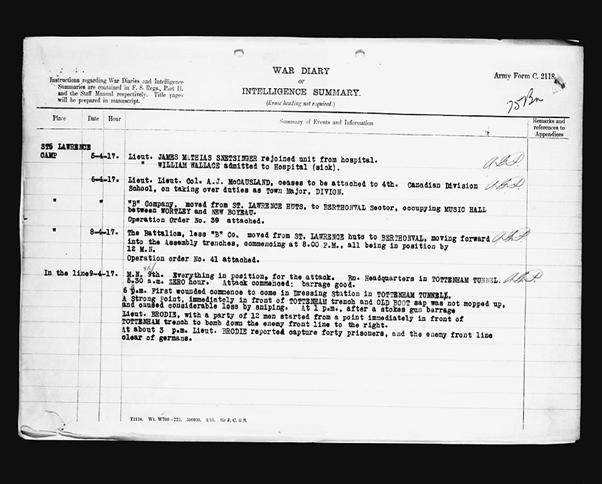 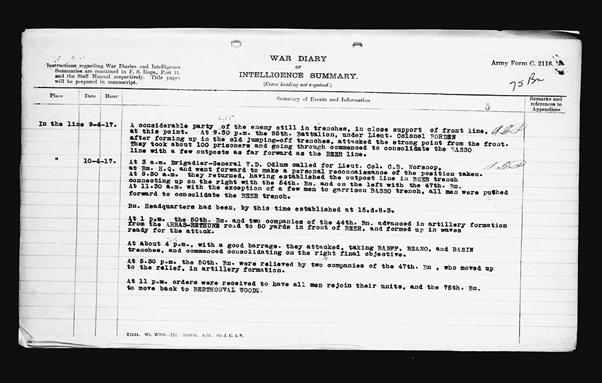 Sadly William Henry Parker was one of the many wounded that day and although evacuated to the Canadian Military Hospitals in Boulogne, he finally succumbed to his wounds and died on the 20th April 1917. He is buried in Plot 4, Row C, Grave 13 at Boulogne Eastern Cemetery. 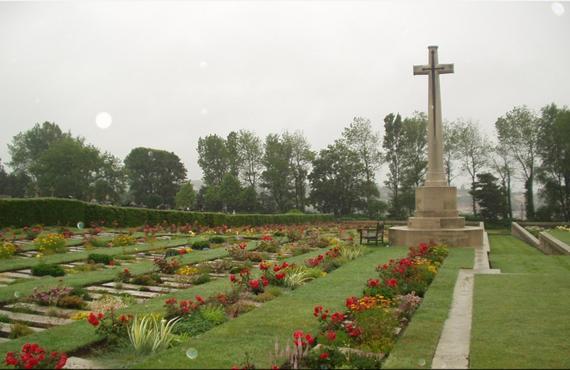 The Canadian Book Of Remembrance. 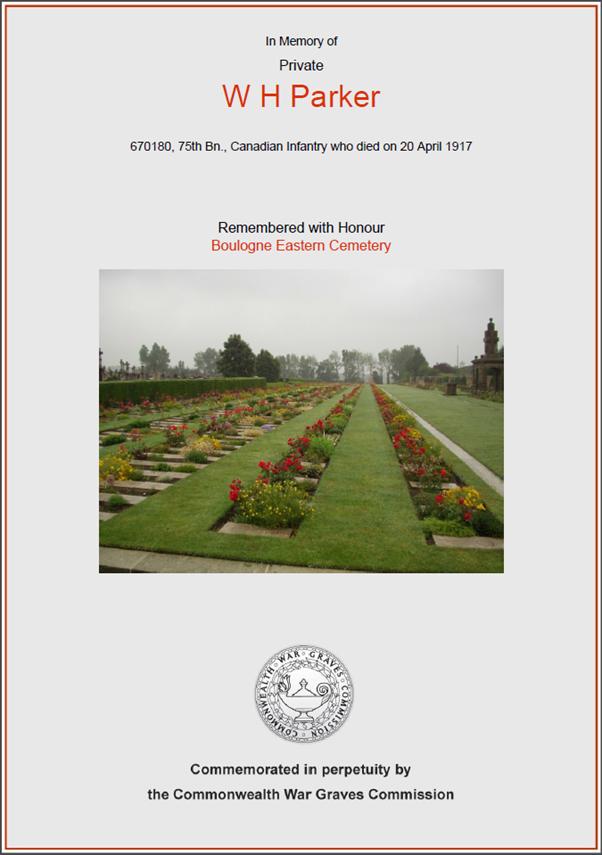 Pateley Bridge & Nidderdale Herald 20th April 1918 Deaths : In Memoriam Parker – In tenderest memory of Pte. W.H. (Harry), fourth son of Mr. & Mrs. Parker, of Hampsthwaite wounded on Easter Monday April 9th, 1917, with the Canadians in the great advance on Vimy Ridge, died 20th and buried at Boulogne Military Cemetery. “When the sun sets and in the morning we remember them” – From all the Family. Sources :CWGC Website
William Henry Parker - biography This article is kindly provided to us by Colin Chadwick who, in the course of his own work on the records of the war dead commemorated at Pateley Bridge, ably located information about 'Harry' Parker, which we had failed to identify. |




